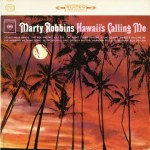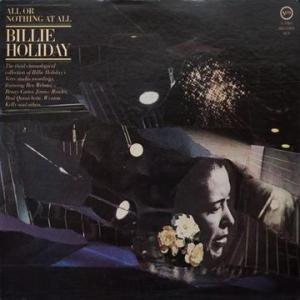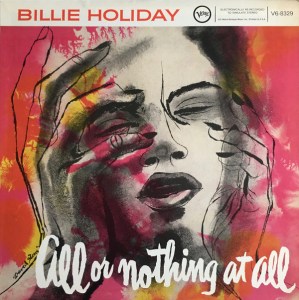Percussion Recordings with Hot Stampers Available Now
More Breakthrough Pressing Discoveries
Music for Bang Baaroom and Harp is yet another one of the pressings we’ve discovered with Reversed Polarity on some copies. This happened many years ago, and as you can see from the commentary we wrote back then, it came as quite a shock to us at the time.
Are audiophile reviewers or audiophiles in general listening critically to records like this? I wonder; I could not find word one about any polarity issues with this title, and yet we’ve played four or five copies with reversed polarity on side two. How come nobody is hearing it, apart from us?
We leave you, dear reader, to answer that question for yourself.
This listing has the latest information on the stamper numbers to avoid.
More stamper and pressing information can be found here.
Excerpts from Our Commentary, Circa 2010
Reversing the absolute phase on this record today was a REVELATION. There before me was all the ambience, openness, sweetness, silkiness and warmth I had come to expect from the best pressings of this longtime member of HP’s TAS List of Super Discs, a record that really is a Super Disc when you hear a good one, and this is a very very good one indeed, on side two anyway.
You need a special key to unlock the magic of a pressing such as this. You must either switch the positive and negative at the speaker, the amp, or at the head shell leads, or you must have a switch that inverts phase on your preamp or phono stage. (The EAR 324p we use has just such a switch and let me tell you, it comes in very handy in situations like these.) If you can’t do any of those, or are unwilling to do any of those, this is not the record for you.
What You Hear
What do you hear when you switch the polarity on side two? The top end comes back! This album was sounding very dull and closed in, not usually the sign of reversed phase. Not having a lot of tools in our toolbox to try, we just took a chance and flipped the phase. Wow! Now the top end sounding amazingly extended and open. Practically everything else got better too.
Are all copies reversed polarity? Definitely not. I know I’ve played amazing side twos that had to have been in correct polarity. If you have a copy of the album and it lacks top end extension, try reversing the polarity, you may be in for quite a shock.
Harry Pearson put this record on his TAS List of Super Discs, and rightfully so. It certainly can be a Super Disc, but only when you have the right pressing. It’s a real treat to hear such a crazy assortment of percussion instruments with this kind of amazingly clear, high-resolution sound!
This is one of the Demo Discs on the TAS List which truly deserves its status when — and only when — you have the right copy. Finding one with correct polarity is a start.
Further Reading

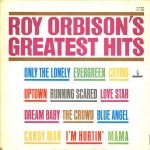
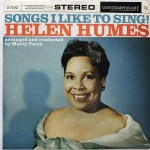
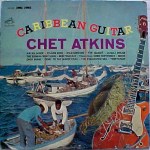 More of the Music of Chet Atkins
More of the Music of Chet Atkins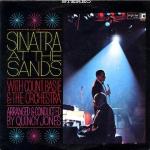 There is some edge on Sinatra’s voice on every side of every copy; it’s so common it’s got to be on the tape. Those copies with less edge and grit on the vocals which are not overly smooth or dull tend to do very well in our shootouts.
There is some edge on Sinatra’s voice on every side of every copy; it’s so common it’s got to be on the tape. Those copies with less edge and grit on the vocals which are not overly smooth or dull tend to do very well in our shootouts.
